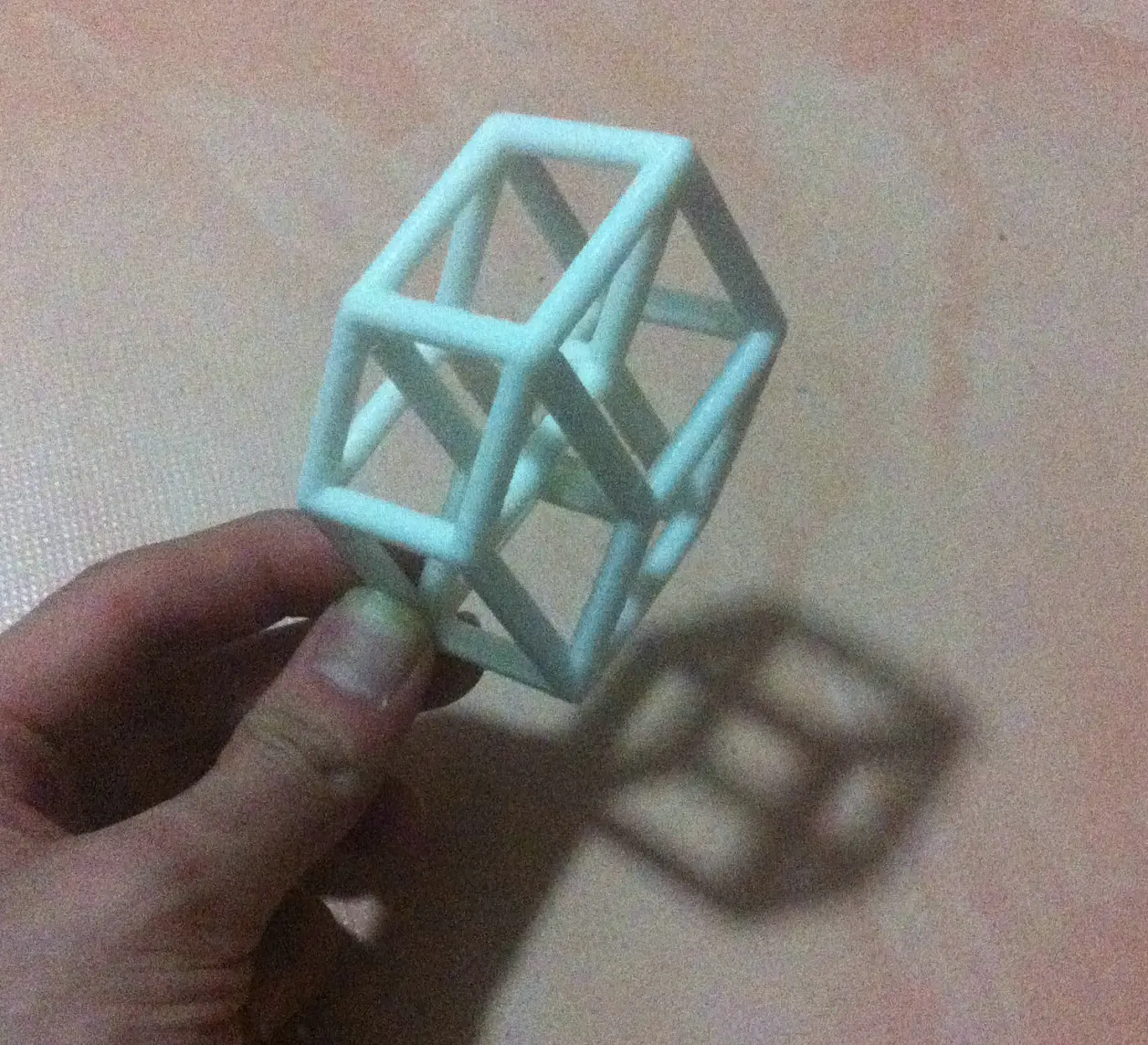

So too a 4d hypercube can cast a shadow that looks like the 3d object of this instructable. A 3d cube can cast a shadow that looks like a square. A square can cast a shadow that looks like a line. A line can cast a shadow that looks like a point. If you want to try your hand at solving the puzzle you can regenerate the puzzle and hit the "Jumble" button to mix the puzzle up, once it's done jumbling the cubes a timer will be displayed, which starts timing you once you start moving pieces. A tesseract, also known as a hypercube, is a four-dimensional cube, or, alternately, it is the extension of the idea of a square to a four-dimensional space. A way to visualize the 4th dimension is to consider relationships between dimensions. You can have up to 9 cubes linked together for the puzzle, once the puzzle is generated you can play around with it from solved state to get a feel for how the pieces move around. The puzzle works by linking together multiple rubik's cubes via portals, as you rotate the faces on a cube the individual pieces go through the portals and swap places with the pieces from another cube, each 90 degree rotation moves 2 pieces from one cube to the next. A proof-of-concept I developed after I thought about ways of making a 4D rubik's cube style puzzle outside of making a rubik's hypercube.

Drag the first slider this rotates the hypercube without distortion about the - plane, which we see in 3D as a rotation about the axis. Welcome to my tesseract viewer In the center youll find the viewer, on the right youll find. As a simple example, stop the animation and set all the angles to zero. on Parallel Processing, vol. 1, Silver Spring, MD: IEEE Computer Society Press, pp. 103–110. The axis (set of fixed points) in a 4D rotation is a plane. This paper addresses the problem of the nD-hypercube interconnection networks rearrangeability that is the capability of such networks to route optimally. (1989), "On the Permutation Capability of a Circuit-Switched Hypercube", Proc. In orthographic projection, its 2D outline figure has. On the bottom navigation bar click Ortho so the model creation coordinates will be symmetrical. ed to the spatial fourth dimension in the form of the mathematical structure of the 4D hypercube. On the bottom navigation bar click Snap so the model creation coordinates will snap to the grid.
#4D HYPERCUBE HOW TO#
(2000), "On the Achromatic Number of Hypercubes", Journal of Combinatorial Theory, Series B, 79 (2): 177–182, doi: 10.1006/jctb.2000.1955. This tutorial instructs how to build a 4d hypercube model in Rhinoceros 3d software, then you're in the right place.


 0 kommentar(er)
0 kommentar(er)
